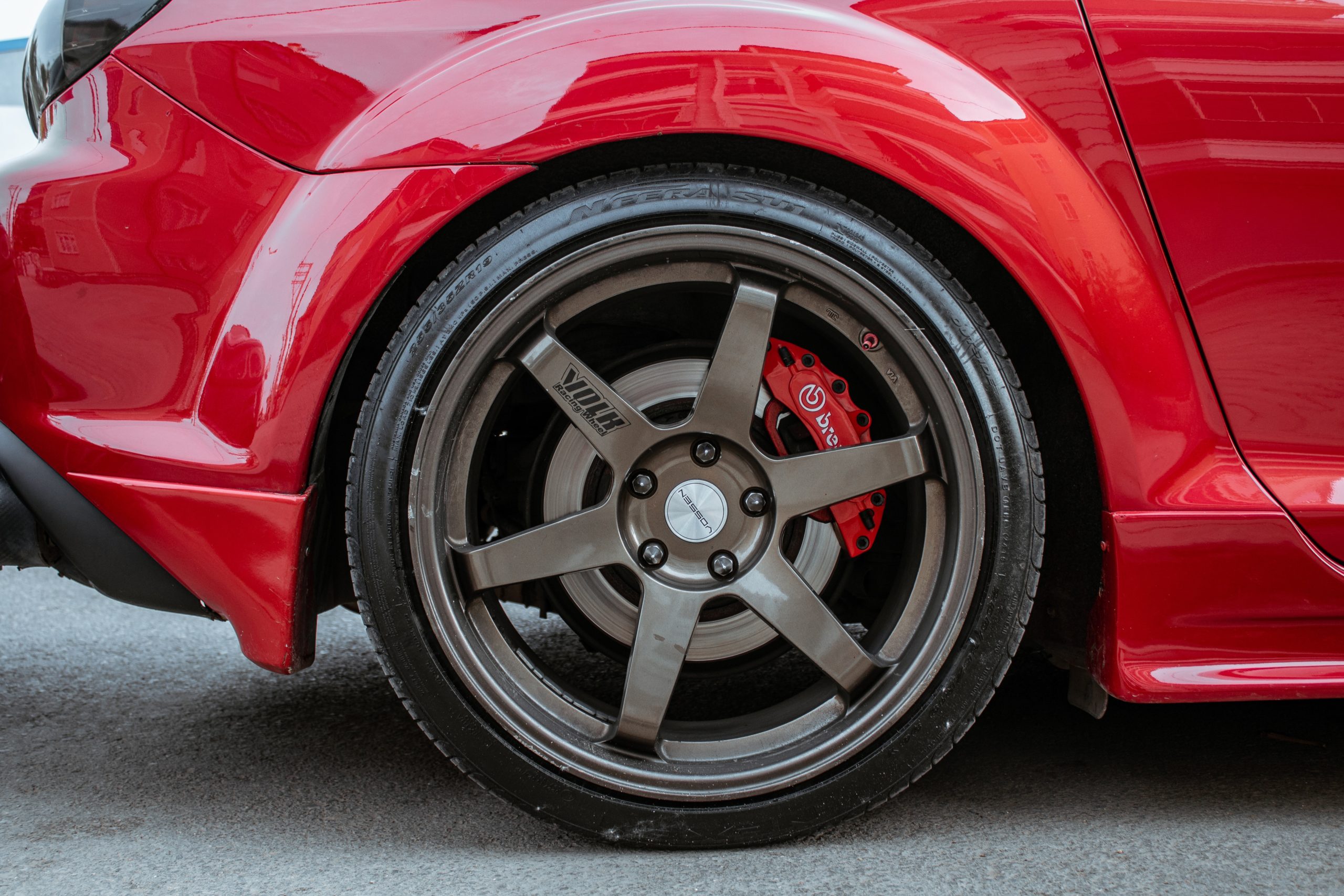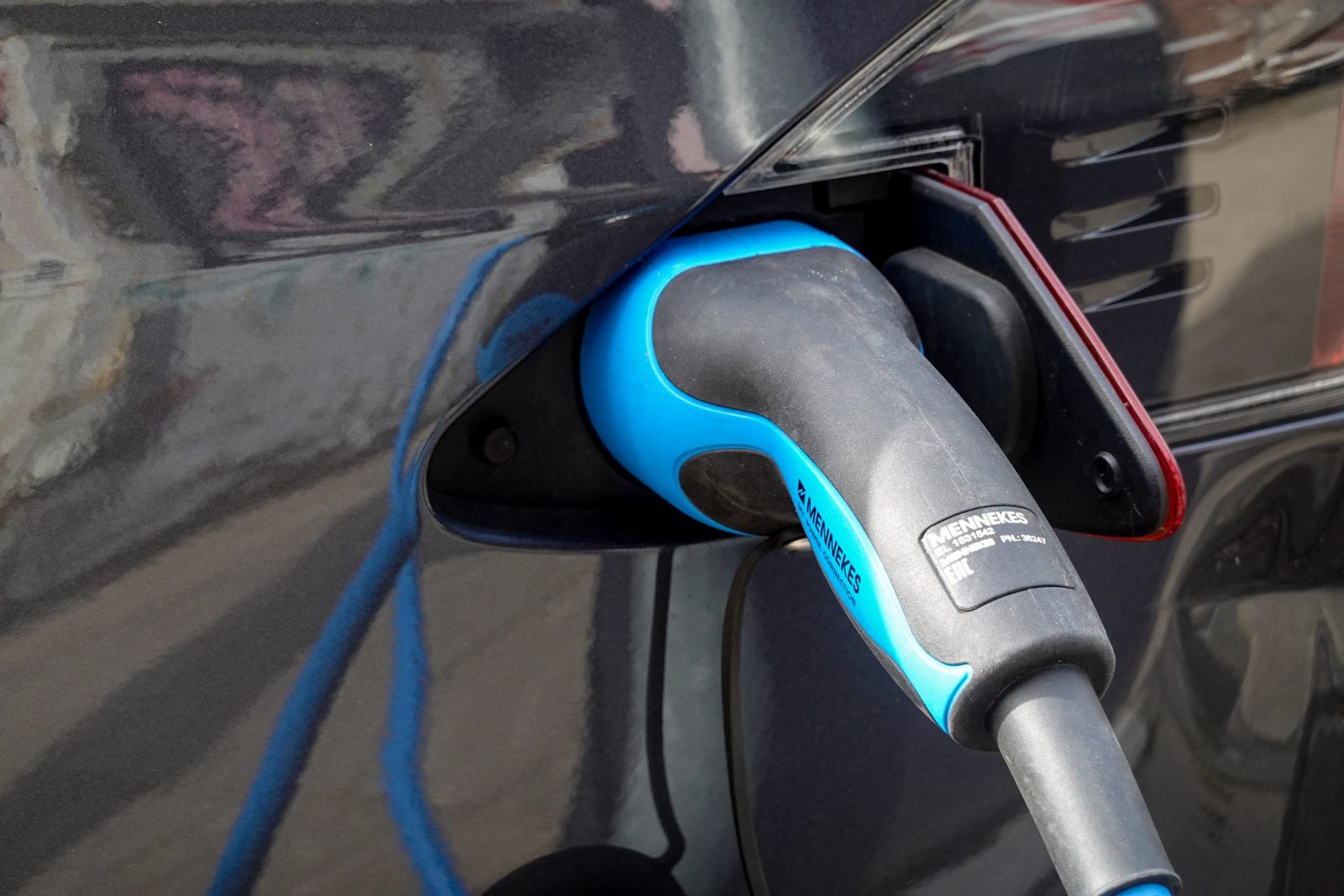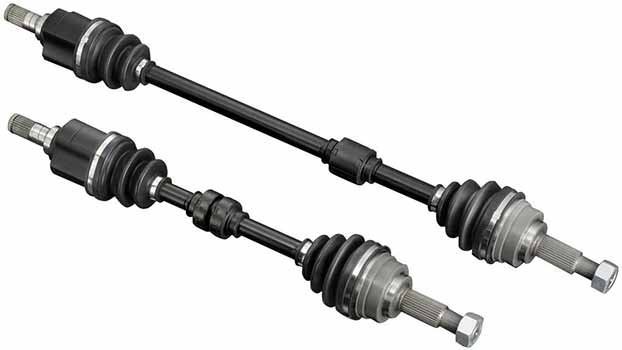Honda Towing Capacity – Everything You Should Know
If you are a proud Honda car owner and are planning to tow a trailer or boat, understanding your vehicle’s towing capacity is crucial. Towing capacity refers to the maximum weight that a vehicle can tow safely without causing damage to its engine, transmission, or other parts. In this blog, we will discuss everything you need to know about Honda towing capacity, including the different Honda models’ towing capabilities, how to determine your car’s towing capacity, and some essential tips for safe towing.
What is Towing Capacity?
Towing capacity refers to the maximum weight that a vehicle can safely tow without causing damage to its engine, transmission, or other parts. This weight includes the weight of the trailer or boat, cargo, and passengers. Exceeding your vehicle’s towing capacity can cause significant damage to your car and pose a risk to your safety and the safety of other drivers on the road.
Why is it important to know your Honda car’s towing capacity?
Knowing your car’s towing capacity will help you:
• Choose the right trailer or equipment for your needs
• Avoid overloading your car and risking damage or accidents
• Ensure that you have enough power and stability to tow safely
• Comply with local laws and regulations on towing capacity and equipment
Consult Your Owner’s Manual
The first and easiest way to determine your Honda car’s towing capacity is to check your car’s owner’s manual. The owner’s manual provides detailed information about your car’s specifications, including the manufacturer’s recommended towing capacity for your specific model and year. The towing capacity may vary depending on the engine, transmission, axle ratio, and other factors, so it is important to check the manual for the correct information.
The towing capacity is usually listed in pounds or kilograms, and may also include information about the tongue weight, which is the weight of the trailer that is exerted on the hitch. The tongue weight should not exceed a certain percentage of the gross trailer weight, usually around 10-15%. Exceeding this limit can cause instability and sway while towing.
Check the Vehicle Identification Number (VIN)
The second way to determine your Honda car’s towing capacity is to check the vehicle identification number (VIN). The VIN is a unique 17-digit code that identifies your car’s make, model, year, and other details. You can find the VIN on the driver’s side dashboard, door jamb, or engine block.
Once you have the VIN, you can use an online VIN decoder or contact your local Honda dealer to get more information about your car’s towing capacity. Some VIN decoders may not provide towing capacity information, but you can still use them to verify your car’s specifications and avoid confusion.
Determine Your Car’s Gross Vehicle Weight Rating (GVWR)
The third way to determine your Honda car’s towing capacity is to calculate your car’s gross vehicle weight rating (GVWR). The GVWR is the maximum weight that your car can carry, including the weight of the car itself, passengers, cargo, and fuel. To calculate the GVWR, you need to:
Find the curb weight of your car, which is the weight of the car without any passengers, cargo, or fuel. You can find the curb weight on the driver’s side door jamb, in the owner’s manual, or online.
Add the weight of the passengers, cargo, and fuel that you plan to carry while towing.
Check the GVWR on the car’s manufacturer sticker, which is usually located on the driver’s side door jamb or inside the fuel door.
The GVWR may vary depending on your car’s model and year, and may be different for different trim levels or engine options. To ensure that you do not exceed your car’s GVWR, it is important to weigh your car and the load before towing, and distribute the weight evenly across the trailer.
Determine Your Car’s Curb Weight
To calculate your car’s towing capacity, you also need to determine its curb weight. Curb weight is the weight of your car when it is empty and has no passengers, cargo, or fuel. You can find your car’s curb weight in your owner’s manual, or by using an online tool that provides vehicle specifications.
Calculate the Maximum Towing Capacity
To calculate your Honda car’s maximum towing capacity, you need to subtract the curb weight from the gross combined weight rating (GCWR). The GCWR is the maximum weight that your car and the trailer can weigh together, including the weight of the car, passengers, cargo, fuel, and the trailer and its contents. You can find the GCWR in your owner’s manual, or by contacting your local Honda dealer.
Once you have the GCWR and the curb weight, you can subtract the curb weight from the GCWR to get the maximum towing capacity. For example, if your car’s GCWR is 10,000 pounds and its curb weight is 4,000 pounds, your maximum towing capacity is 6,000 pounds.
It is important to note that the maximum towing capacity is a theoretical value, and you should never exceed the manufacturer’s recommended towing capacity or the GVWR of your car. Exceeding these limits can damage your car and compromise your safety on the road.
Consider Other Factors
While determining your Honda car’s towing capacity, you should also consider other factors that may affect your towing experience, such as:
The trailer’s weight and size
• The type of hitch and towing equipment
• The road and weather conditions
• Your driving skills and experience
Before you start towing, make sure that you have the right equipment and safety features, such as trailer brakes, safety chains, and mirrors. You should also practice towing in a safe and controlled environment before heading out on the open road.
Tips for Safe Towing
To ensure safe and successful towing with your Honda car, follow these tips:
How is Towing Capacity Determined?
Towing capacity is determined by several factors, including the vehicle’s engine size, transmission, axle ratio, brakes, suspension, and frame strength. Manufacturers test and rate each vehicle’s towing capacity, and it is essential to follow their recommendations to ensure your safety and prevent damage to your car.
Honda Models and Towing Capabilities
Honda offers several models with varying towing capacities. Let’s take a look at some of the popular Honda models and their towing capabilities:
Honda Civic Towing Capacity – The Honda Civic’s towing capacity ranges from 1000 to 1500 pounds, depending on the model year and trim level.
Honda Accord Towing Capacity – The Honda Accord’s towing capacity is not recommended as it is not designed for towing.
Honda CR-V Towing Capacity – The Honda CR-V’s towing capacity ranges from 1500 to 1500 pounds, depending on the model year and trim level.
Honda Pilot Towing Capacity – The Honda Pilot’s towing capacity ranges from 3500 to 5000 pounds, depending on the model year and drivetrain.
Honda Ridgeline Towing Capacity – The Honda Ridgeline’s towing capacity ranges from 3500 to 5000 pounds, depending on the model year and drivetrain.
Honda Odyssey Towing Capacity – The Honda Odyssey’s towing capacity ranges from 3500 to 5000 pounds, depending on the model year and drivetrain.
Conclusion
Determining your Honda car’s towing capacity is an important step in ensuring safe and successful towing. You can use your owner’s manual, VIN decoder, GVWR, and curb weight to calculate your car’s towing capacity and avoid exceeding the recommended limits. Remember to always use the right equipment, distribute the weight evenly, and practice safe towing habits.
For more information Contact us




